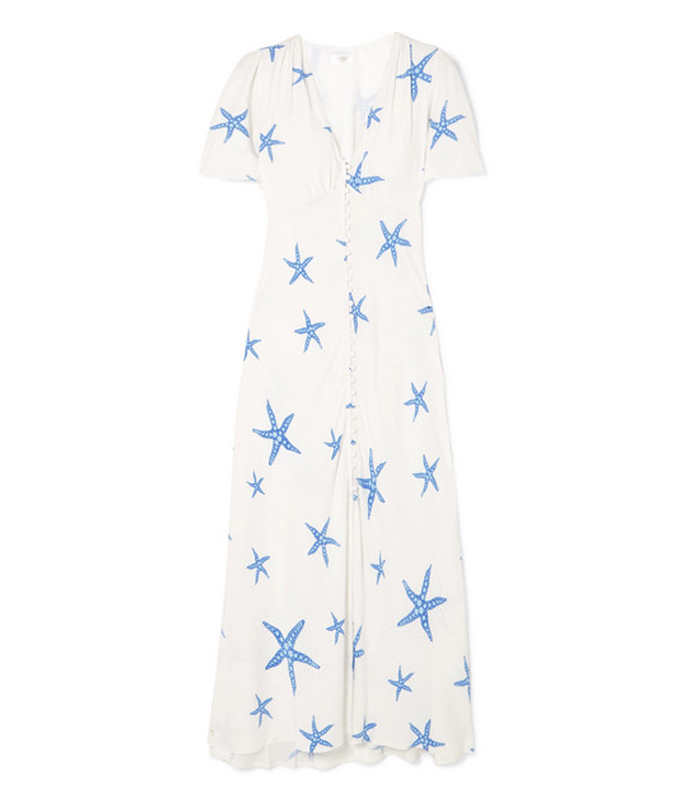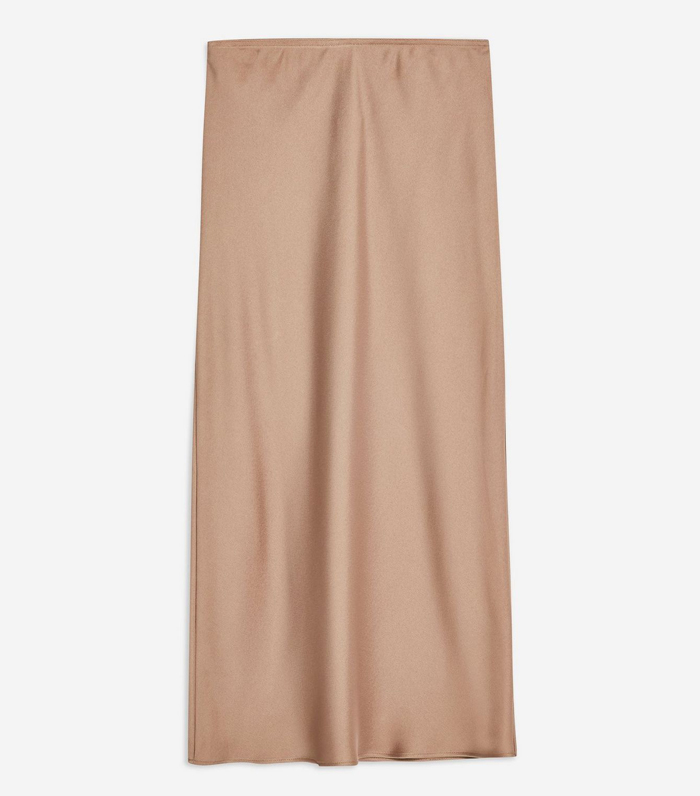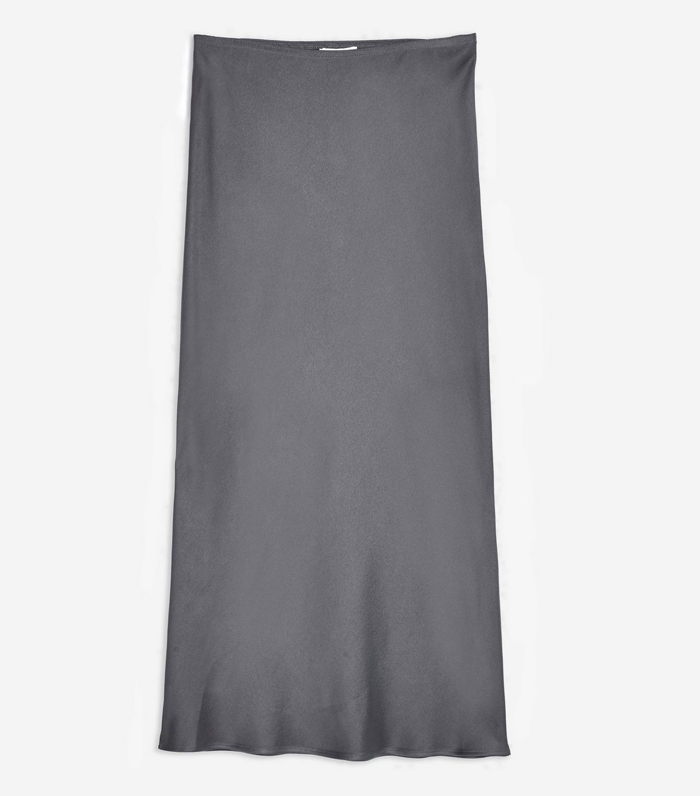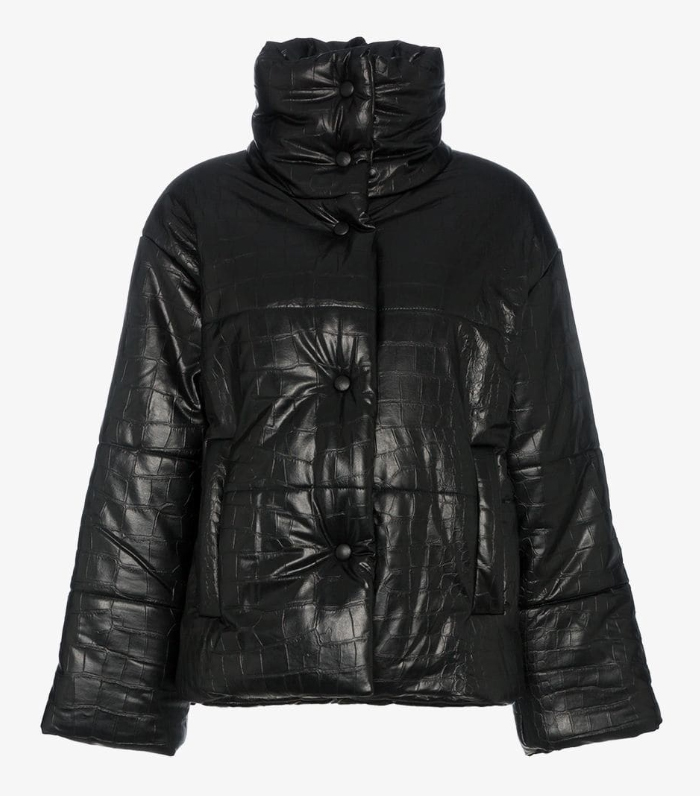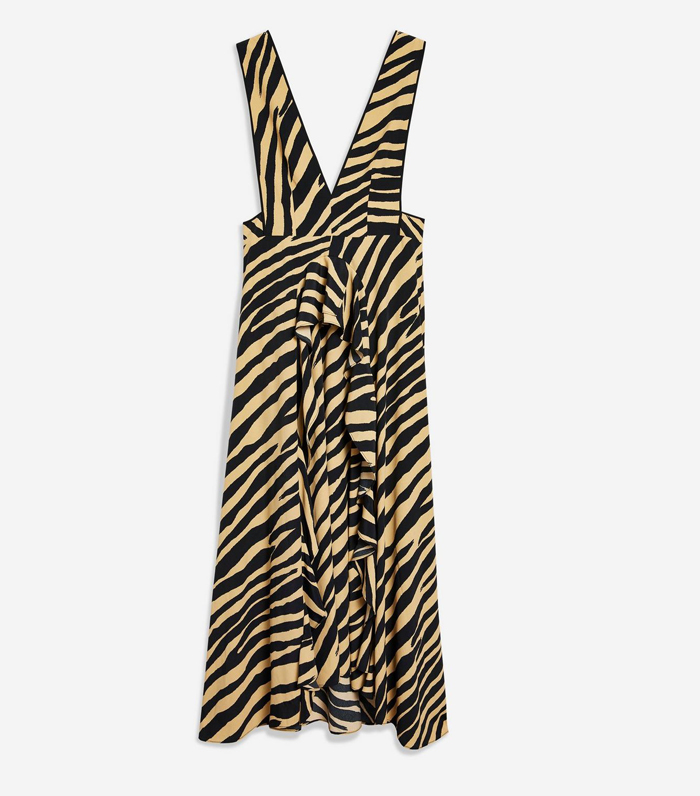What It Is That Makes a Sell-Out Item a Sell-Out Item

The old adage that people want what they can't have certainly applies to how we shopped in 2018. This year I have written more than 30 individual stories on impossible-to-find products. Whenever I use the words "sold out" or "waiting list" in a headline, more people click on it. It items now span far beyond handbags, however, this year printed midi dresses caused the most hype, along with hair clips, satin slip skirts and even a pair of printed tights.
In March the influencer Fashion Guitar posted a picture of her wearing a green printed midi dress by Kitri, which led to a waiting list of over 700 people and news coverage by likes of The Guardian, The Evening Standard and many more. This wasn't the release of a new handbag by a major fashion house with a major budget, like the Dior saddle, so how did this pretty, but relatively simple, dress turn into a national news item? "I think it was a combination of the easy-to-wear silhouette, in a colour and print of the moment and a great influencer photograph," says Kitri founder Haeni Kim. "I really couldn’t have predicted that one, I think we all wish we have the power to predict this sort of thing."
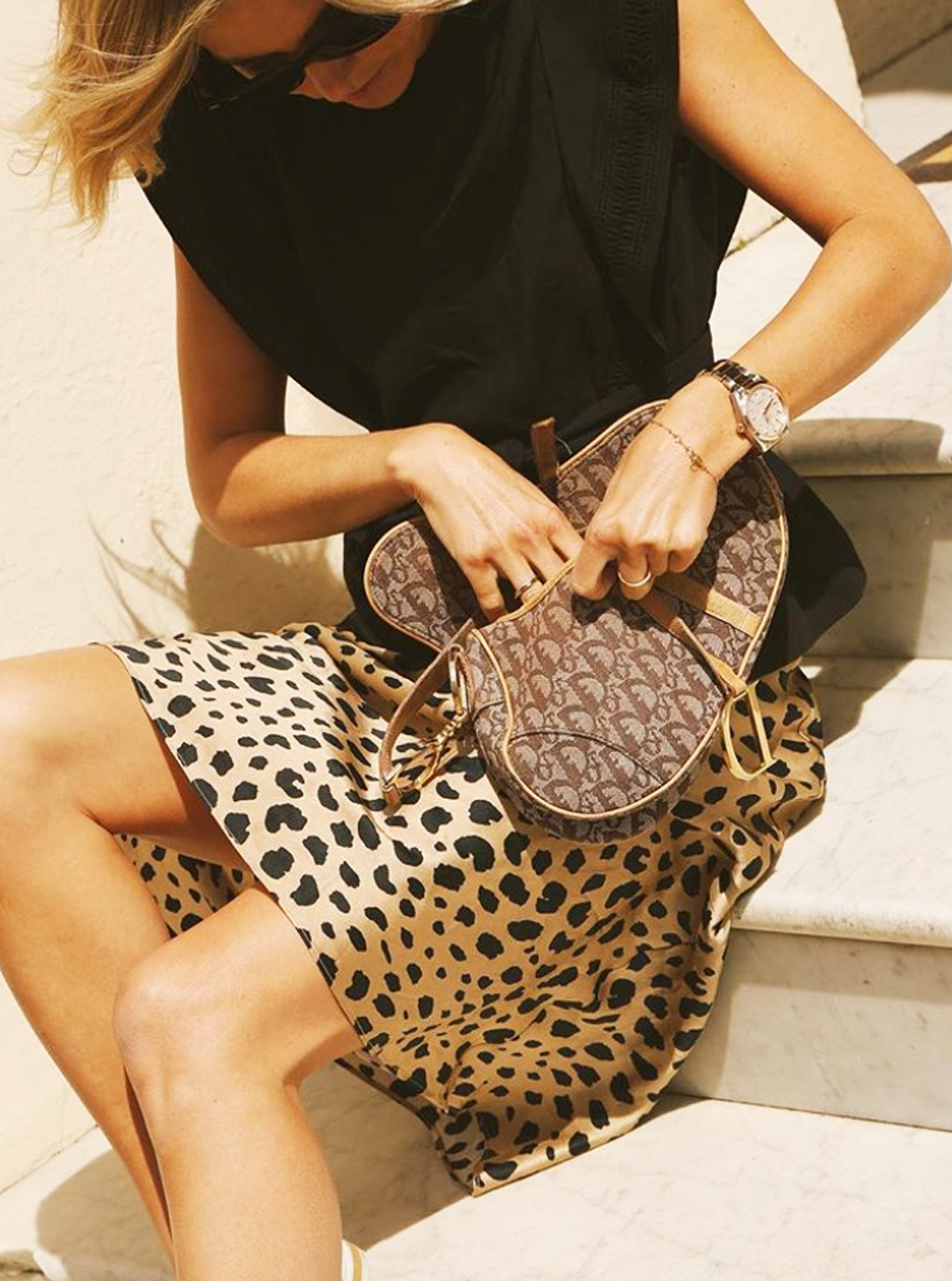
I, rather cynically, would assume that viral items are designed specifically for huge commercial success. Are prints tested for mass appeal in a mysterious fashion laboratory somewhere? Are there colours that always make you want to shop? Is there a specific date that is best to release your product on?
The more I have spoken to designers this year, the more it seems like there is no magic formula to creating a cult item. Sandra Sandor, the founder of Nanushka, is responsible for several viral pieces—namely the vegan leather puffer jacket and the croc-embossed belt bag—but doesn't think about its Instagram potential at all during the creative process. "I never know, when I design, whether something will be a hit or not—for example, the puffer, there are so many puffer jackets around. But I think it's the washable vegan leather is popular because it's super soft and it's not a nylon."
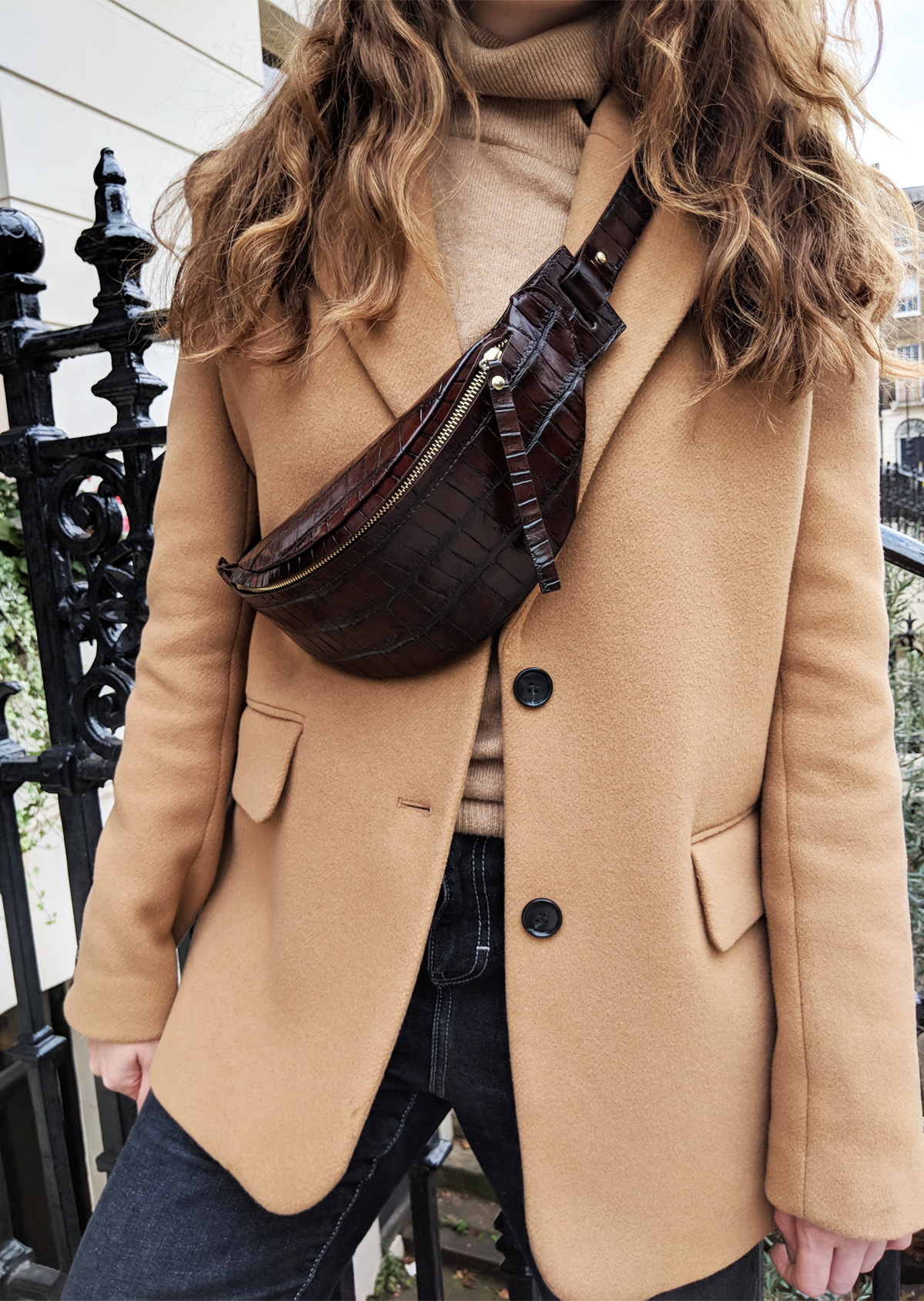
Haeni adds that prints and colour are two things that can really translate into spiralling sales—and you can certainly see this in the year's best-selling products. From Réalisation Par leopard-print slip skirt to ASOS's green floral tea dress, most of the things on our cult buys list for 2018 were in bold, Instagrammable-prints.
You might not know at the design stage which pieces will go viral, but there are ways you can cleverly amplify interest as soon as sales start spiking. The high street seems to be adopting the strategy contemporary brands like Rouje, Rixo, Ganni and Staud use to build hype: Design distinctive statement pieces and use limited production runs.
One of the reasons Henrietta Rix and Orlagh McCloskey's vintage-inspired label Rixo gained such a frenzy around it so quickly is that the dresses were hard to actually buy, as initially the designers made only one to 50 units of each item. "When we first started Rixo, we noticed that a lot of contemporary brands were very minimalist," adds Rix and McCloskey. "Mainly black and white, and now there are a lot more colour and prints."
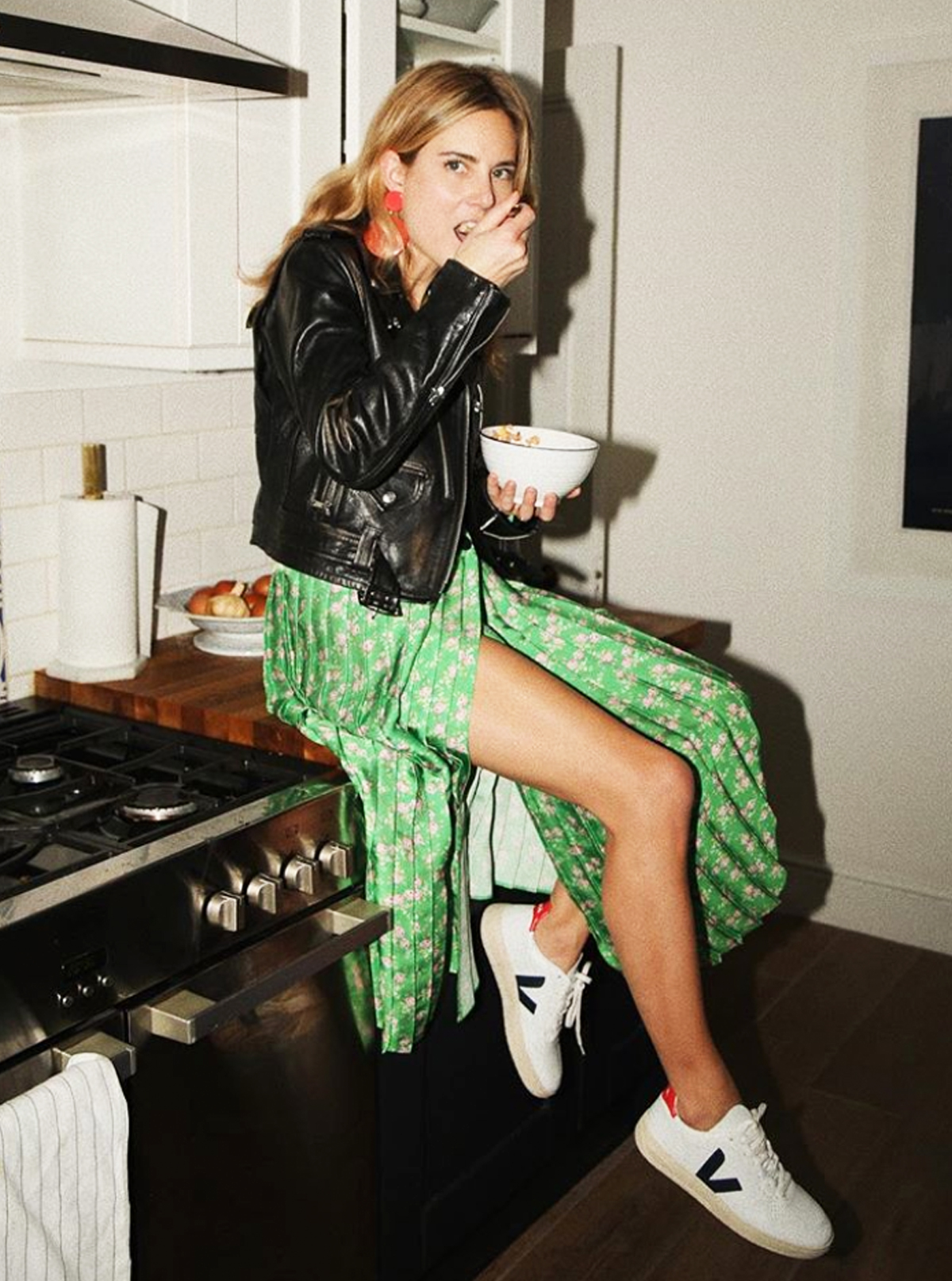
Topshop is a master of creating hype, and this year had two of the most sought-after pieces on Instagram: the polka-dot pinafore dress and a satin slip skirt. Topshop first released its monochrome spotted pinafore dress in April, and we were still writing about it in November, which is a testament to how Topshop reacts to demand, turning best-selling items into cult pieces. Instead of filling an entire floor of the flagship with the pinafore dress, over six months Topshop gradually updated its stock, always releasing just enough so it would sell out again almost immediately. This slow release made us want the dress even more, as finding it in your size was an achievement. Then Topshop slowly added more prints to the lineup, reimagining the dress in a zebra print, an on-trend scarf print design, a retro floral take and snake print.
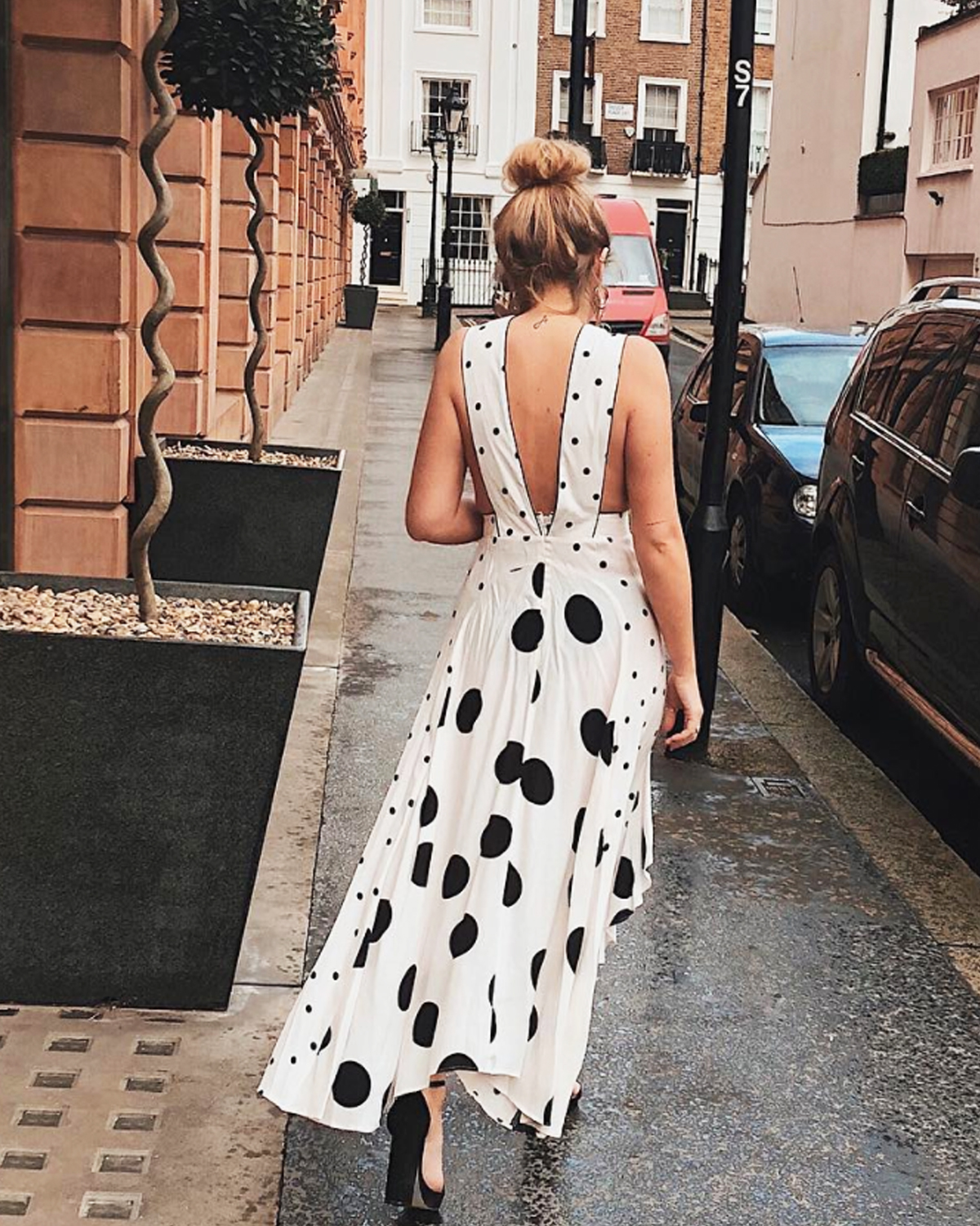
Topshop's viral polka-dot dress.
Topshop also uses influencers as part of its re-stocking strategy. Monikh Dahl was one of the first people to wear Topshop's £26 satin slip skirt, and then became an unofficial spokesperson for the slip—announcing on her stories when a re-stock was coming and teasing each new colour as it become available. As with the polka-dot dress, Topshop didn't just release all the new colours at once. There are now 13 versions of the slip skirt online, however, these have been slowly introduced since October.
ASOS also used this strategy with its cult floral tea dress. In August, six months after the release of the original, the high-street brand released a bright pink version.
Bringing this feeling of newness to an already existing popular item is something cult Instagram label Ganni has been doing for several seasons. CEO Nicolaj Reffstrup previously explained to Who What Wear UK: "We don't have something like the Birkin bag or a product like that that's been the same forever—and people expect that dynamic from us. We are also about newness, there's no doubt about it. Rather than hiking prices up to get closer to luxury as a lot of brands desire, we'd rather work with limited runs and tweaks and injections."
Shop the Cult Pieces That Are Still in Stock
Next up, see the 33 cult items we actually cared about this year.
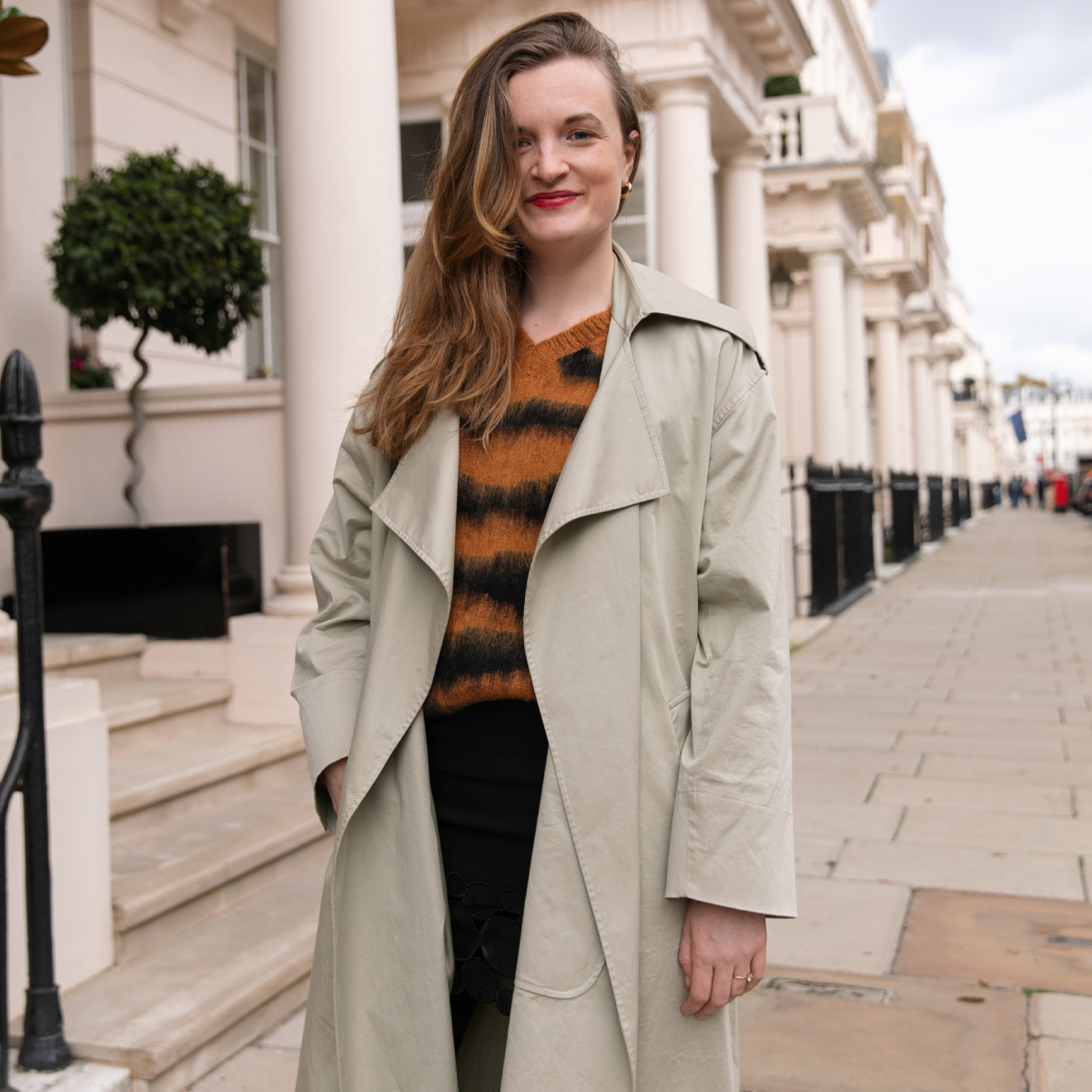
Emma is a freelance fashion editor with over 15 years experience in industry, having worked at The Telegraph, Grazia and, most recently, British Vogue. Emma was part of the founding team of Who What Wear UK, where she worked for six years as Deputy Editor and then Editor—helping shape the team into what it is today is one of the biggest privileges of her career and she will always see herself as aBest Knockoff Luxury Clothing girl, contributing to both the US and UK sites. Whether she's writing about runway trends or spotlighting emerging brands, she aims to write about fashion in a way that is democratic and doesn't promote over consumption.
